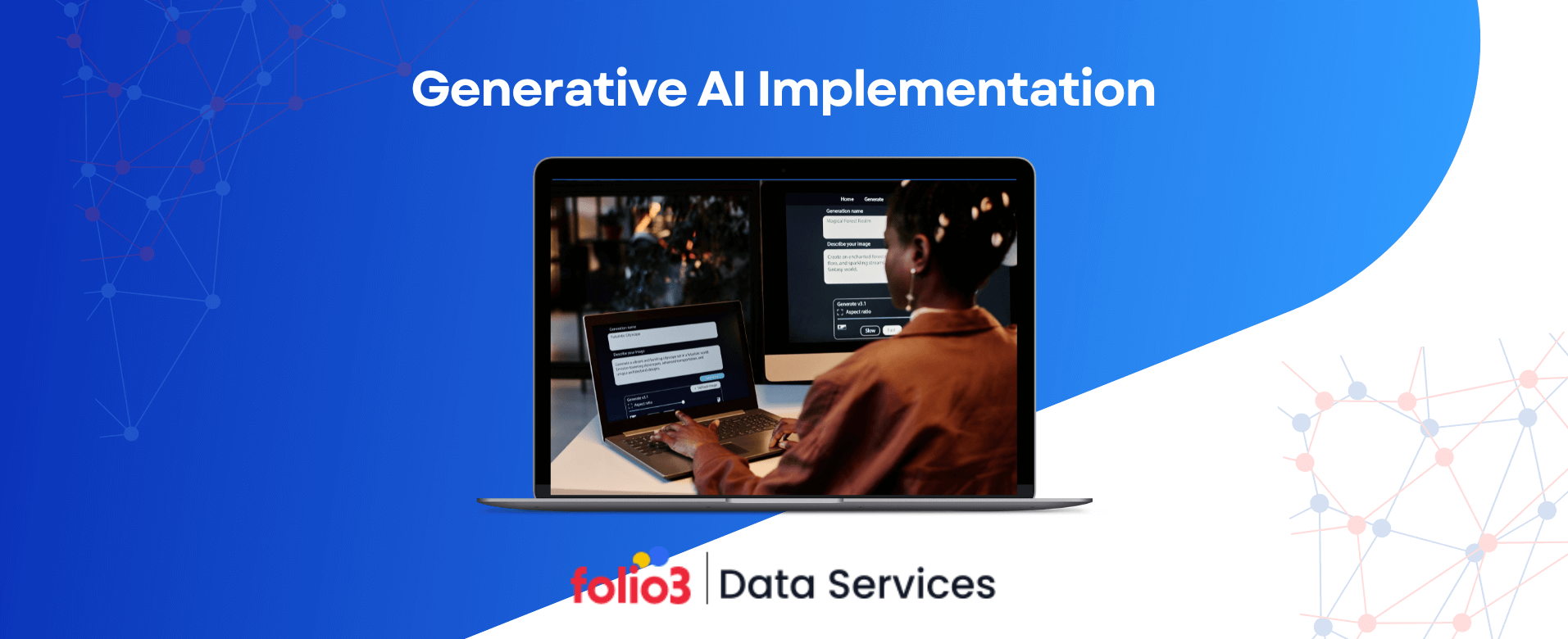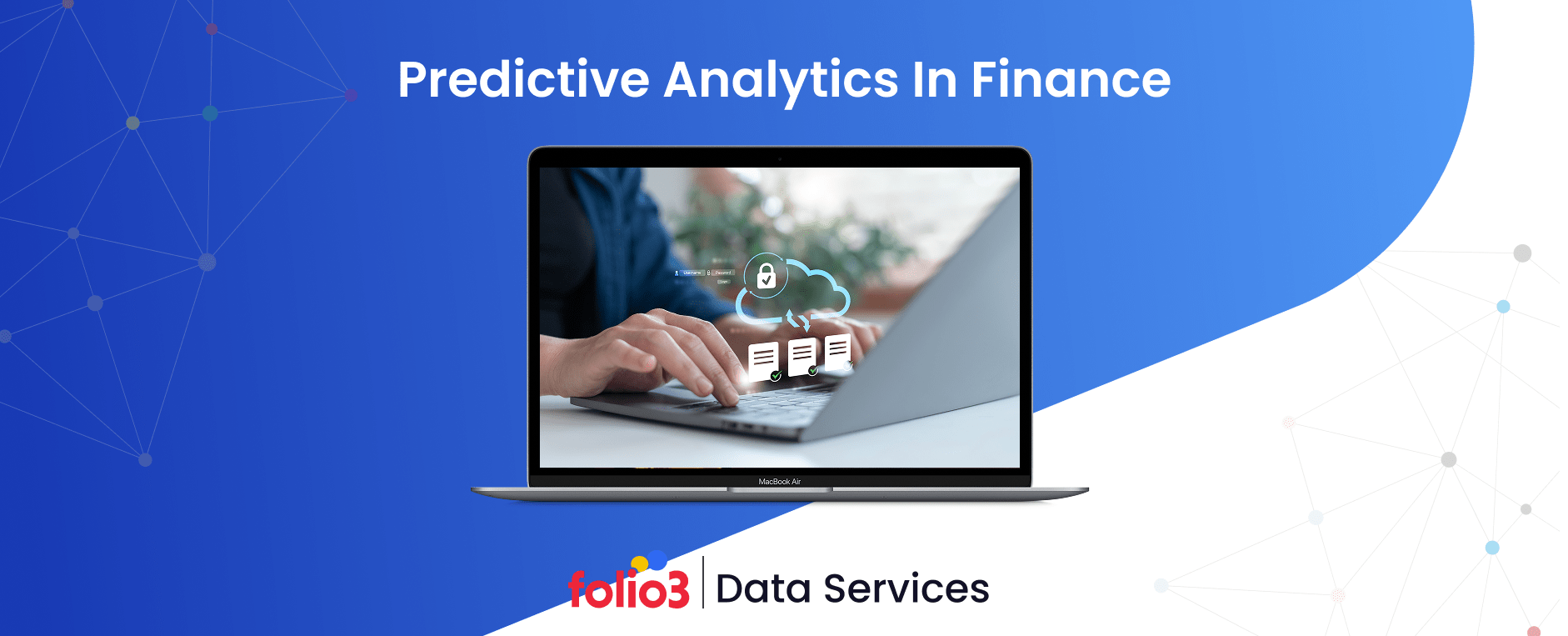Across industries—from healthcare to retail to manufacturing—generative AI is moving from buzzword to business essential. Companies are no longer asking if they should explore this technology but how to implement it effectively. According to a McKinsey report published in mid-2024, over 60% of businesses have already integrated at least one generative AI tool into their operations, and that number is climbing steadily.
This rapid adoption is no accident. Generative AI transforms how teams generate content, automate workflows, and even create personalized customer experiences at scale. But despite its growing popularity, many businesses still struggle with where to start or how to scale these efforts without getting lost in the noise.
That’s where this guide comes in.
We will walk you through a practical, step-by-step approach to successful generative AI implementation without technical jargon or hype. Whether exploring use cases, building your prototype, or developing a full-scale generative AI implementation framework, this guide breaks down each phase with clarity and purpose.
Let’s get started with the foundational steps that can turn an ambitious idea into a real-world AI solution that drives results.
What is Generative AI?
Generative AI is a type of technology that enables computers to create original content—like text, images, or audio—by learning from existing data. It’s being used across industries for everything from creative design and advertising to data simulation and customer interaction.
At the core, generative AI recognizes patterns in input data and produces similar, high-quality content. Some of the leading techniques that power this innovation include:
- Transformers (like ChatGPT and GPT-3), which understand language and generate human-like responses or visuals.
- Generative Adversarial Networks (GANs) involve two models working together to create content and evaluate it to improve accuracy.
- Variational Auto-Encoders compress and reconstruct data to generate new variations efficiently.
How to Build a Generative AI Solution?
While the buzz around generative AI is undeniable, building a reliable, scalable solution requires more than curiosity or trend-following. It calls for a grounded approach combining strategic planning, technical readiness, and responsible implementation. Here’s a step-by-step breakdown of how to implement AI that delivers real business value.
1. Evaluate Technical Readiness
Before implementing generative AI, businesses must assess whether they have the right infrastructure in place. This means looking beyond just software and hardware—it’s about understanding their organization’s broader digital maturity.
Start by asking:
- Does your team have access to clean, structured data?
- Are your existing systems capable of integrating with AI tools?
- Do you have internal IT support, or will you need external expertise?
In many cases, working with data engineering providers can help bridge technical gaps and accelerate readiness.
Deloitte’s 2024 State of Generative AI in the Enterprise survey highlights that respondents feel prepared in strategy and technology infrastructure but identify talent, governance, and risk as significant barriers to AI adoption.
Specifically, the lack of technical talent and skills is cited as the biggest barrier, with only 22% believing their organizations are highly prepared to address talent-related issues. Also, conduct a readiness audit involving IT, compliance, and business teams to spot potential gaps in tools, skills, or processes.
2. Select the Right Generative AI Tools
Not all AI tools are created equal. The market is flooded with platforms offering generative capabilities—such as text generation, image creation, generative AI for data analytics, and more. Choosing the right one depends on your use case, industry, and scalability goals.
For example:
- A retail brand may benefit from AI tools that automate product descriptions or customer service chatbots.
- A manufacturing company might use visual generative models to focus on process optimization and defect detection.
When building your generative AI implementation framework, consider the following:
- Ease of integration with current systems.
- Data privacy and security protocols.
- Cost of deployment and long-term maintenance.
- Flexibility for future upgrades or model customizations.
3. Prepare and Manage Data
Generative AI models thrive on large volumes of high-quality data. Whether it’s customer interactions, images, documents, or transactional logs, the data you feed into the model shapes its outputs. Leveraging AI data extraction solutions can simplify this process by automatically gathering and organizing information from diverse sources, ensuring consistency and accuracy.
Here’s what businesses should focus on:
- Data collection: Ensure consistent data sourcing from reliable channels.
- Cleaning and labeling: Remove duplicates, errors, and irrelevant content.
- Compliance: Stay aligned with data privacy laws like GDPR and CCPA.
Real-world use shows that poor data quality remains one of the top challenges. A 2023 Harvard Business Review study found that insufficient data costs U.S. businesses over $3 trillion annually due to misinformed decisions and system inefficiencies.
If you want accurate and trustworthy outputs, start with responsible data handling.
4. Develop and Integrate the Solution
Once the groundwork is laid, moving to the actual development phase is time. This involves customizing or fine-tuning a generative AI model to meet your business objectives.
This stage can include:
- Selecting the right model architecture (based on the use case)
- Training it with internal data for personalization
- Integrating the solution with your existing software stack (e.g., CRMs, ERPs, mobile apps)
For smoother integration, ensure that APIs are well-documented and that there’s a clear rollout plan—whether starting with a limited-use pilot or an entire deployment. For example, a financial services firm implemented a generative AI assistant to summarize customer inquiries and suggest responses.
The solution was rolled out enterprise-wide after a pilot phase across two departments, according to internal benchmarks, reducing average customer response times by 35% in six months.
5. Test, Monitor, and Iterate
No AI solution should go live without rigorous testing. Unlike traditional software, generative AI models can sometimes produce unexpected or even incorrect outputs—known as “hallucinations.”
To reduce risks:
- Conduct both functional and ethical testing.
- Simulate real-world scenarios across different data sets.
- Establish monitoring systems to flag inaccuracies.
Performance metrics should include accuracy, relevance, response time, and user satisfaction—iterate based on feedback. Successful implementation often relies on partnerships with data analytics providers to track, optimize, and iterate AI performance at scale.
6. Address Ethical and Regulatory Concerns
With generative AI’s ability to produce content that resembles human creation, ethical considerations become even more critical. How do you ensure your AI isn’t biased, misleading, or violating regulations?
Key steps include:
- Transparency: Make it clear to users when they’re interacting with AI.
- Bias testing: Check model outputs for patterns reflecting unfair treatment or stereotypes.
- Legal review: Ensure the solution doesn’t breach copyright or data privacy laws.
The EU’s AI Act and various U.S. state laws are increasingly placing accountability on businesses that deploy AI solutions. Failure to comply can result in reputational damage or regulatory fines.
7. Upskill Teams and Manage Change
Even the best AI tools will fail if your team doesn’t know how to use them. Change management is a crucial part of implementing AI effectively. This means preparing your people, not just your systems.
Here’s how to do it right:
- Conduct training sessions tailored to different departments.
- Share clear documentation and use-case guidelines.
- Create cross-functional teams to oversee adoption.
A 2024 PwC report found that companies that invested in AI upskilling were 2.5 times more likely to report positive ROI from their generative AI implementation. Your people are your biggest asset—equip them to thrive in an AI-enabled environment.
8. Scale and Optimize
Once the solution proves its value in the early stages, it’s time to scale. But scaling doesn’t mean copying and pasting the same model everywhere. It means identifying areas where generative AI can continue to add value while refining what already exists.
Optimization also means improving operational efficiency. For example, a logistics company that initially used generative AI for route planning later expanded to use it in driver performance tracking, achieving a 20% boost in delivery efficiency, according to their 2024 Q3 report.
Key considerations:
- Set measurable KPIs to track performance at scale
- Automate routine updates and model retraining where possible
- Keep a feedback loop open for end-users
Why Build a Generative AI Solution?
In an increasingly competitive market, businesses are constantly pressured to innovate, operate efficiently, and deliver better customer experiences. Generative AI implementation offers a powerful way to meet these challenges head-on. Here’s why more companies are exploring this technology:
1. Improve Efficiency
Generative AI can automate repetitive tasks, from content creation to report generation. This saves time, reduces manual work, and lets teams focus on strategic priorities that move the business forward.
2. Fuel Creative Thinking
Whether drafting marketing copy or designing product concepts, generative AI can offer fresh, unexpected ideas. It supports teams in brainstorming and creating faster, helping unlock new levels of innovation.
3. Increase Productivity
With the right generative AI implementation framework, businesses can manage more projects in less time. AI-enabled tools streamline workflows, improve turnaround, and allow faster scaling of operations.
4. Reduce Costs
Automating tasks that usually require significant human effort translates into lower labor costs. This allows businesses to reallocate budgets toward growth initiatives, product development, or customer engagement.
5. Make Smarter Decisions
Generative AI can quickly analyze large datasets and uncover insights that inform strategy. Companies increasingly pair these capabilities with AI enterprise search solutions, which surface relevant internal documents and data in seconds. Together, they provide the context and evidence leaders need for more accurate forecasts, better risk assessment, and faster, more decisive decision-making.
6. Deliver Personalized Experiences
From targeted product recommendations to custom communication, generative AI helps tailor interactions based on individual preferences. This level of personalization can increase customer satisfaction, improve loyalty, and drive revenue.
Best Practices for Building Generative AI Solutions
Developing a generative AI solution is not just about adopting the latest technology—it’s about doing it right. As more industries explore generative AI implementation to drive innovation, improve productivity, and reduce operational bottlenecks, adhering to proven best practices becomes essential. Here’s how to ensure your solution delivers long-term value:
1. Define Clear Business Objectives
Before jumping into the development phase, identify your goal. Whether automating content creation, improving customer support, or generating product designs, setting clear goals helps align the project with business needs. This clarity guides the generative AI implementation framework and helps measure success.
2. Gather and Prepare High-Quality Data
The success of any AI solution depends heavily on the quality of data it is trained on. Gather clean, relevant, and diverse datasets that reflect real-world conditions. Data should be carefully labeled, structured, and preprocessed to eliminate noise and inconsistencies affecting model performance.
3. Select the Right Algorithms
There’s no one-size-fits-all model when it comes to generative AI. Different algorithms will yield different results depending on the task—be it image generation, language processing, or data synthesis. Test and evaluate several approaches to determine your problem’s best-performing algorithm.
4. Build a Robust and Scalable Architecture
As your solution scales, so will the demand on system resources. It’s critical to design an infrastructure that supports growth and maintains performance. Use scalable technologies like cloud services, containerization (e.g., Docker), and distributed computing to ensure the system remains responsive under increased workloads.
5. Optimize for Performance
Once your solution is functional, focus on optimizing its speed and efficiency. Techniques like caching, parallel processing, and data partitioning can significantly reduce processing time and improve overall performance. These optimizations will be particularly important in production environments with high user demand.
6. Monitor Performance in Real-Time
Performance monitoring shouldn’t be an afterthought. Integrate tools that allow you to track system behavior, latency, usage patterns, and anomalies in real time. Doing so lets you catch and resolve issues early—before they disrupt operations or lead to inaccurate results.
7. Ensure Data Security and Privacy
Trust is non-negotiable in any AI solution. Protecting sensitive user data is critical, primarily if your generative AI tool interacts with personal, financial, or proprietary information. Apply security best practices such as data encryption, anonymization, and strict access controls to ensure compliance with data privacy laws like GDPR or HIPAA.
8. Test Across Real-World Scenarios
Testing should go beyond the lab. Run your solution in various real-world scenarios to uncover edge cases and ensure robustness. Include functional and non-functional testing—accuracy, speed, user interaction, and system integration—to confirm that the AI behaves as expected under different conditions.
9. Document Everything
Well-documented code, datasets, and workflows make your project transparent, maintainable, and reproducible. From data sources to training methods and parameter tuning, comprehensive documentation ensures continuity—even if team members change or the solution is scaled to other departments.
10. Plan for Continuous Improvement
Generative AI is not a “set it and forget it” solution. It requires regular updates, retraining, and refinement. Use performance feedback, customer input, and new data to improve your system continually. This agile mindset helps your solution stay relevant and effective over time.
Summary of Generative AI Implementation
Generative AI implementation enables businesses to automate content creation, enhance productivity, deliver personalized experiences, and drive innovation using advanced AI models like transformers, GANs, and VAEs. This guide explains the full implementation lifecycle—technical readiness, data preparation, tool selection, model development, testing, governance, scaling, and best practices. By following a structured roadmap, organizations can build reliable, secure, and high-impact generative AI solutions that improve efficiency, reduce costs, support smarter decision-making, and unlock new growth opportunities across industries.
FAQs
How do you implement generative AI?
Implement generative AI by defining your goals, gathering quality data, selecting the right model (e.g., GPT or GAN), and integrating it into your workflows. Continuous testing and optimization ensure reliable performance.
What is the implementation process of AI?
The AI implementation process involves problem definition, data preparation, model selection and training, integration with systems, and ongoing monitoring for improvement.
What are the benefits of implementing generative AI?
Generative AI boosts efficiency, enhances creativity, reduces costs, and enables personalized experiences through intelligent automation and data-driven insights.
What is an example of a generative AI?
ChatGPT is a popular example of generative AI that creates human-like text based on user prompts. It is commonly used in content creation, customer service, and coding assistance.
Conclusion
The rising adoption of generative AI across industries is not just a trend—it’s a strategic shift. From improving operational efficiency and decision-making to unlocking new levels of creativity and personalization, generative AI implementation reshapes how businesses innovate and grow. However, successful adoption requires more than just choosing the right tools. It demands a well-defined framework, quality data, ethical foresight, and a team ready to adapt.
If you’re wondering how to implement AI in a way that drives real business value, having an expert partner makes all the difference. That’s where Folio3 Data comes in. With proven experience building intelligent, scalable, and secure AI solutions, Folio3 helps organizations across industries implement the proper generative AI implementation framework tailored to their goals.
Ready to build a generative AI solution that delivers real results?
Let Folio3 Data guide your next move!





